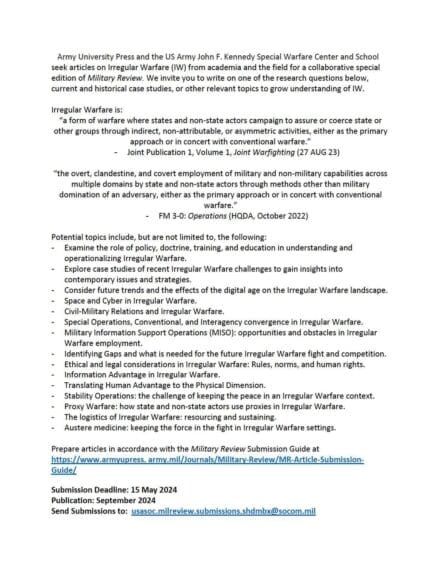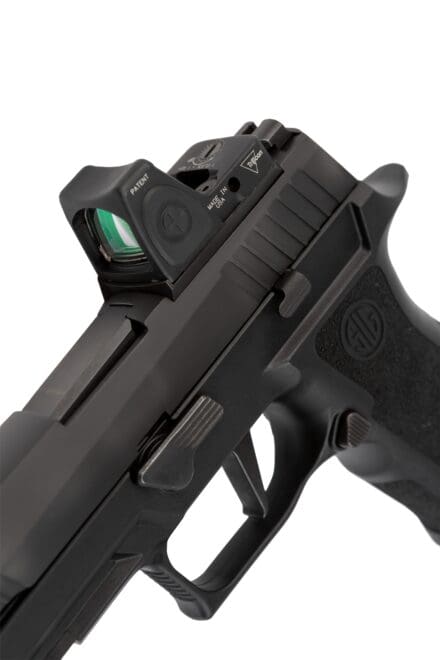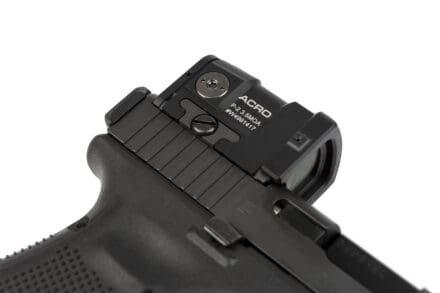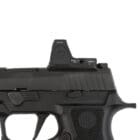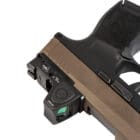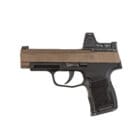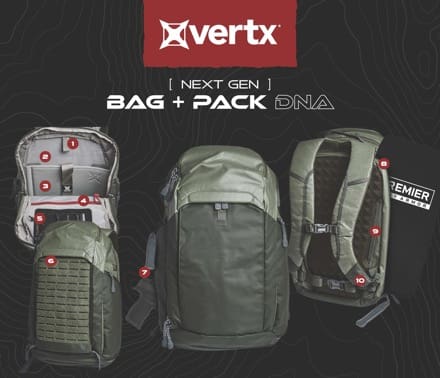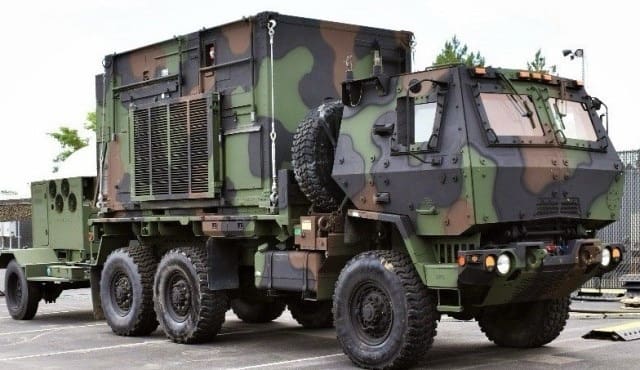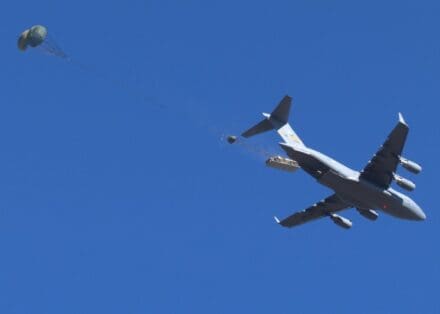
FORT LIBERTY, North Carolina – Airborne logistics Soldiers here just completed airdrop testing of the Army’s newest Family of Medium Tactical Vehicles.
Troops of the 151st Quartermaster Company, 189th Combat Sustainment Support Battalion, 82nd Airborne Division Sustainment Brigade, put the vehicles through a series of Low Velocity Airdrop configurations.
The M1093A2 FMTV is a fleet of vehicles set to modernize the Army’s capabilities with its advanced design, compared to its aging predecessor, the Light Medium Tactical Vehicle.
Assistant Program Manager Mr. Tom McDaniels, U.S. Army Program Executive Office, Combat Support & Combat Service Support, emphasized the strategic importance of the M1093A2 FMTV.
“This Army program delivers an airdrop-capable vehicle that excels in multiple mission roles, offering protected, sustained, and networked mobility for personnel and payloads in a wide range of military operations,” he said.
The series of tests at Fort Liberty kicked off with comprehensive Operator’s Training (OT) and New Equipment Training (NET) delivered by expert trainers from Oshkosh, the vehicle manufacturer.
The training ensured the paratroopers were fully equipped with the knowledge and skills to operate and maintain the vehicle throughout the airborne testing phase.
Staff Sgt. Shahbaz Shakil Ahmed, a motor transport operator from the 151st Quartermaster Company, explained the rigorous testing process as the Soldiers demonstrated exceptional skill and precision by successfully rigging, airdropping, and recovering the FMTV, followed by thorough rigorous road tests to validate its operational readiness and full mission capability.
He said he was eager to transition to the new FMTVs, highlighting the significant improvements in survivability, payload capability, and his pride in contributing to the vehicle’s airdrop rigging development.
The testing agenda included low-velocity airdrops and subsequent road tests to assess the vehicle’s maximum load capacity, all critical steps towards achieving final airdrop certification from the Natick Soldier Research, Development, and Engineering Command.
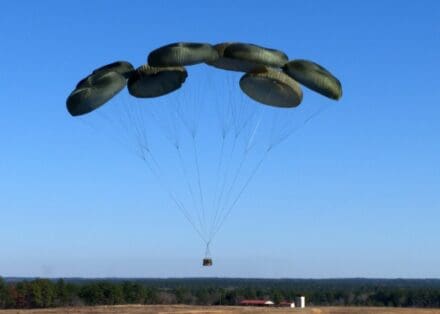
Sgt. 1st Class. Dao Le, a project NCO with ABNSOTD’s Aerial Delivery Rigging Branch, said the testing process is meticulous.
“Every piece of equipment Soldiers use has been independently tested and evaluated to meet current and future Army needs and requirements,” he said.
Mr. Aaron Clark, a military test plans analyst with ABNSOTD involved in Low Velocity Airdrop FMTV testing, captured the essence of the effort.
“Operational testing is about Soldiers,” he said. “It’s about ensuring the systems we develop are effective in a Soldier’s hands and suitable for the environments in which Soldiers train and fight.”
The airdrop missions were executed using U.S. Air Force C-17 and C-130 aircraft, which reflect a significant advancement in military logistics and capability, setting a new standard for operational excellence and readiness, according to Clark.
“Operational testing is OTC’s opportunity to contribute to readiness; anything less compromises the Army’s ability to provide the forces that fight and win the nation’s wars,” Clark added.
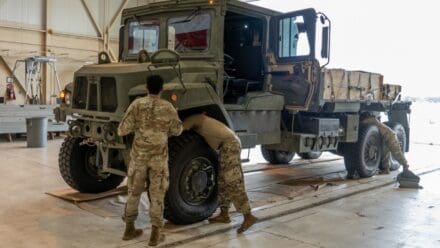
Mr. Bill Slaven, branch chief of ABNSOTD’s Test Division, shed light on integration of systems under examination into actual missions and training agendas of test units.
“Unit commanders get an early opportunity to evaluate new systems, potentially influencing modifications in operational tactics and military doctrine,” he said.
“The unique aspect of these tests is that they are led by the units themselves, ensuring a seamless melding of control within authentic operational environment scenarios.”
According to Maj. Joshua Cook, chief of the ABNSOTD’s Test Division, every piece of equipment Soldiers use has been independently tested and evaluated to meet current and future Army needs and requirements.
“We test and assess Army, Joint, and Multi-service airborne and airdrop-related warfighting systems in realistic operational environments by using Soldiers to determine whether the systems are effective, suitable, and survivable,” he said.
“The commitment to testing and assessing equipment aims to ascertain their effectiveness, suitability, and survivability.”
By Mr. James Cochran and Mr. Aaron Clark, Military Test Plans Analysts, Airborne and Special Operations Test Directorate, U.S. Army Operational Test Command Public Affairs


